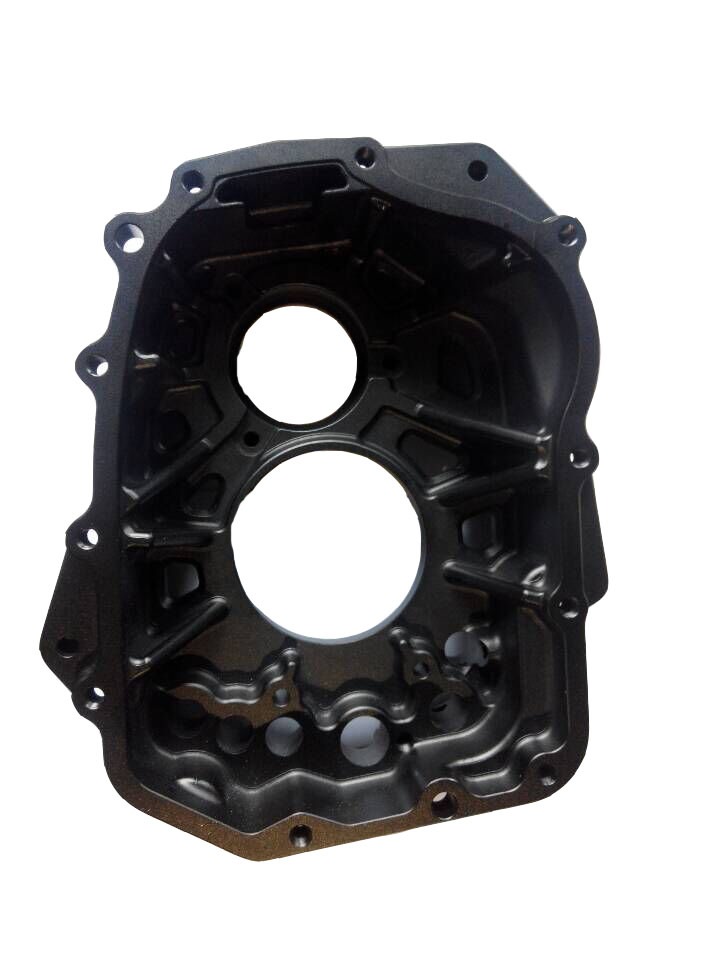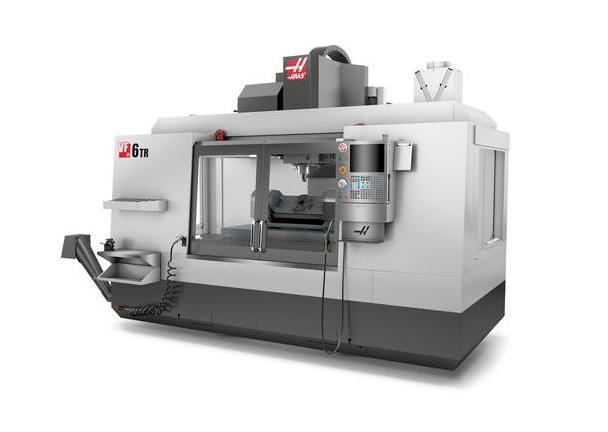Titanium alloys are a class of metals renowned for their exceptional combination of properties. Their high strength-to-weight ratio, excellent corrosion resistance, and biocompatibility make them highly sought-after in industries such as aerospace, medical, and automotive. However, their unique characteristics also present significant challenges when it comes to CNC machining.
Titanium alloys are notably hard and heat-resistant, which can lead to rapid tool wear and increased cutting forces. Additionally, their chemical reactivity can result in surface contamination and tool damage. Overcoming these hurdles to achieve accurate, efficient, and high-quality machining of titanium alloy components.
Understand the specific challenges associated with CNC machining titanium alloys and implementing effective strategies with CNC machining service provider JTR, you will ensure successful processing and produce products that meet the demanding requirements of various applications.

Challenges in CNC Machining Titanium Alloys
Hardness and Abrasion
Titanium alloys are renowned for their exceptional hardness, which, while beneficial in many applications, poses significant challenges during machining. This high hardness can lead to rapid tool wear and even tool breakage. The abrasive nature of titanium alloy materials can quickly erode cutting edges, reducing tool life and compromising machining accuracy.
Heat Generation and Tool Temperature
The machining process of titanium alloys generates substantial heat due to the material’s high strength and the friction created between the tool and the workpiece. This heat can significantly impact both tool life and workpiece quality. Excessive heat can lead to tool burn-off, softening the cutting edges and reducing their effectiveness. Additionally, it can cause thermal distortion of the workpiece, resulting in dimensional inaccuracies and surface imperfections.
Chemical Reactivity
Titanium alloys are chemically reactive, particularly with oxygen and nitrogen. Exposure to these elements can lead to surface contamination and tool damage. Oxidation can form a tough oxide layer on the workpiece surface, hindering cutting and potentially causing tool dulling. Additionally, nitrogen can penetrate the material, altering its properties and affecting its machinability.
Workpiece Clamping and Distortion
Securely clamping titanium alloy workpieces without causing distortion can be challenging due to their high strength and low thermal conductivity. Inadequate clamping can result in workpiece movement during machining, leading to dimensional inaccuracies and surface finish defects.

Strategies for Successful CNC Machining of Titanium Alloys
Tool Selection and Maintenance
The choice of cutting tools plays a critical role in the successful machining of titanium alloys. Carbide tools, while offering a good balance of performance and cost, may require frequent sharpening due to their susceptibility to wear. Polycrystalline diamond (PCD) and cubic boron nitride (CBN) tools provide exceptional durability and cutting performance when machining titanium alloys. These materials offer higher resistance to abrasion and heat, resulting in longer tool life and improved surface finishes.
Proper tool maintenance is essential for ensuring optimal performance and longevity. Regular sharpening is necessary to restore cutting edges and maintain accuracy. For tools with coatings, re-coating may be required to replenish the protective layer. Inspection of tools for signs of wear, chipping, or cracking should be conducted periodically to prevent catastrophic failures.
Cutting Parameters Optimization
Selecting appropriate cutting parameters is crucial for achieving desired surface finish, tool life, and overall machining efficiency. Factors such as cutting speed, feed rate, and depth of cut influence the heat generated, cutting forces, and chip formation.
- Cutting speed: A higher cutting speed can improve productivity but may also lead to increased heat generation and tool wear. It is essential to find a balance between speed and tool life.
- Feed rate: A lower feed rate can reduce cutting forces and heat generation but may result in longer machining times. The optimal feed rate depends on the desired surface finish and tool wear characteristics.
- Depth of cut: Deeper cuts can increase productivity but also increase cutting forces and heat generation. Taking smaller depth of cuts can help manage heat and reduce tool wear.
Coolant Selection and Application
The use of appropriate cutting fluids is essential for preventing tool wear, improving chip evacuation, and controlling heat generation during the machining of titanium alloys. Cutting fluids can help reduce friction, lubricate the cutting zone, and cool the tool and workpiece.
When selecting cutting fluids for titanium alloys, it is important to consider their chemical compatibility and cooling effectiveness. Water-based emulsions are often used due to their good cooling properties and environmental friendliness. Oil-based coolants may provide better lubrication but can be more difficult to dispose of.
Proper coolant application is also crucial. The coolant should be delivered to the cutting zone in sufficient quantities to effectively remove heat and prevent tool burn-off. The use of coolant nozzles or mist systems can help ensure efficient coolant delivery.
Workpiece Preparation and Clamping
Proper workpiece preparation is essential for successful machining. This includes surface cleaning to remove contaminants that can interfere with cutting and pre-machining operations to establish a reference surface for subsequent machining.
Effective clamping is crucial for maintaining workpiece stability and preventing distortion during machining. Fixtures designed specifically for titanium alloys can help ensure secure clamping and minimize the risk of workpiece movement. It is important to use clamping forces that are sufficient to hold the workpiece securely without causing excessive stress.

Case Studies of Successful CNC Machining of Titanium Alloys
| Case Study | Challenge | Solution | Result |
| Aerospace Component Machining | Difficult-to-reach features and complex geometries | Customized fixtures and specialized tooling (e.g., long-reach drills, high-speed milling cutters) | Precise machining of critical components for aircraft engines |
| Medical Implant Manufacturing | Tight tolerances and surface finish requirements | Advanced CNC machines with high-precision capabilities and specialized cutting fluids | Production of high-quality implants with excellent biocompatibility |
| Automotive Parts Fabrication | High production volumes and cost constraints | Optimized cutting parameters, tool management strategies, and coolant selection | Efficient manufacturing of lightweight and durable automotive components |
| Prototype Development | Rapid turnaround times and limited quantities | Flexible CNC machines with quick setup capabilities and rapid prototyping materials | Production of prototypes for testing and evaluation |
| Repair and Overhaul | Damaged or worn components | Re-machining and repair techniques, including additive manufacturing | Restoration of damaged components to original specifications |

Mastering the Challenges of CNC Machining Titanium Alloys
Following CNC machining expert JTR to successfully machine titanium alloys requires a deep understanding of its unique properties and the associated challenges. Carefully select tools, optimize cutting parameters, use appropriate coolants, and ensure proper workpiece preparation to overcome these hurdles and produce high-quality components. Continuous advancements in cutting technology and techniques will further enhance the efficiency and precision of CNC machining titanium alloys.










